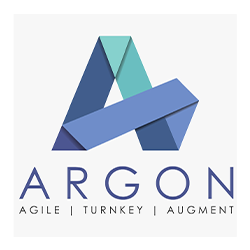Become a Character Design Expert
Objectives
Character Designing configuration includes making outwardly engaging characters, yet it’s not just about culminating your drawing abilities. You should comprehend how to make each part of a person — character, demeanor, origin story, and the sky is the limit from there — and impart those components through your plan. In visual expressions, character configuration is the full making of a person’s stylish, character, conduct, and in general visual appearance. Character creators make characters as a vehicle for narrating. This implies that each part of a person like shapes, variety ranges, and subtleties are picked for a particular explanation.
Course Content
- Introduction to Character Designing Course.
- Fundamentals of Character Design: Shape, Proportion, and Silhouette.
- Anatomy and Gesture Drawing for Character Design.
- Developing Unique Character Personalities.
- Research and Reference in Character Design.
- Designing Characters for Different Genres (Cartoon, Realistic, Fantasy, etc.).
- Character Archetypes and Stereotypes.
- Clothing and Costume Design for Characters.
- Creating Turnarounds and Model Sheets.
- Facial Expressions and Emotion in Character Design.
- Incorporating Storytelling Elements in Character Design.
- Collaborative Character Design Projects.
- Digital Tools and Software for Character Design (Adobe Illustrator, Procreate, etc.).
- Industry Insights and Professional Practices.
- Final Project: Designing a Comprehensive Character Portfolio.
How to become a Character Designer?
To become a character design artist, you need to know how to draw, of course, but there’s much more to it than that. To learn character design, you will also need a firm grasp on how to use digital illustration and animation software, capture realistic movement and personality, and work with art directors to bring a vision to life. Here are the basics of what you need to know and how to attain that knowledge
Career Opportunity
After this course you will get opportunities to successfully:
- Build and incorporate backstory
- Match the tone and look of the overall story
- Use shape language
- Consider anatomy and movement
Register Yourself
Certification





















